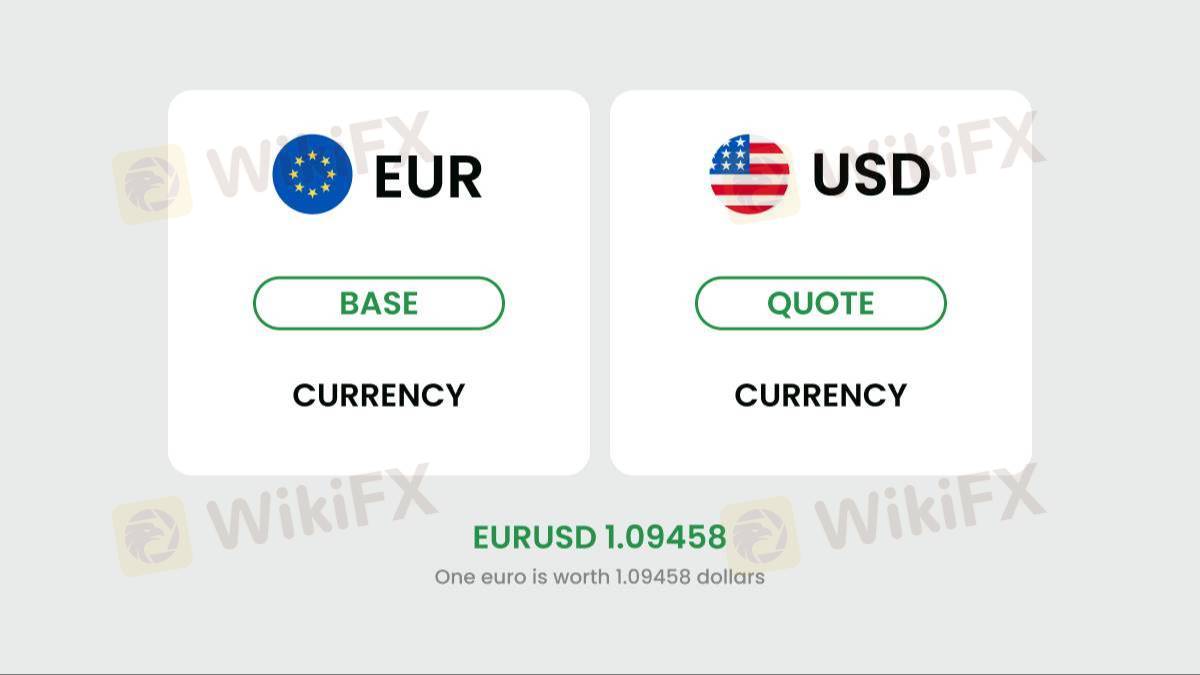
2025-07-28 05:44
IndustryFrom discretionary rebalancing to AI-driven trade
#CommunityAMA
In traditional Forex portfolio management, discretionary rebalancing has long been the norm. Traders manually adjust positions based on macro outlooks, technical signals, or subjective interpretations of risk and opportunity. While this allows for flexibility and intuition, it’s also riddled with inconsistency, delayed reactions, and emotional bias. Decisions are often made after sharp moves, under pressure, or in response to news rather than in anticipation of it. This reactive behavior can lead to missed opportunities, poor timing, and suboptimal allocation of capital across currency exposures.
AI-driven trade rotation offers a structured, data-rich alternative that removes guesswork from the process. Instead of waiting for a discretionary cue, machine learning models constantly evaluate the evolving opportunity landscape across multiple currency pairs, regimes, and time horizons. These models assess momentum decay, volatility compression, macro factor shifts, sentiment change, and relative value gaps. When a currency position's return potential weakens or its risk profile changes, AI systems automatically shift capital toward higher-probability setups—often before human intuition even senses a change.
Unlike static rebalancing schedules or one-off strategic adjustments, AI rotation is dynamic and continuous. It mimics institutional-level capital reallocation, where funds are constantly rotated toward emerging trends, diverging fundamentals, or misaligned value. This enables a more agile response to structural changes in market behavior—such as shifting rate expectations or geopolitical realignments—without overreacting to short-term noise.
AI-driven trade rotation brings both speed and discipline to currency allocation. It transforms rebalancing from an occasional decision into a rolling optimization process—where trades are rotated not just to maintain balance, but to maximize strategic exposure. In an increasingly fast and fragmented FX landscape, this evolution marks a critical shift from reactive portfolio management to proactive capital flow intelligence.
Like 0
Jess278
Trader
Hot content
Industry
Event-A comment a day,Keep rewards worthy up to$27
Industry
Nigeria Event Giveaway-Win₦5000 Mobilephone Credit
Industry
Nigeria Event Giveaway-Win ₦2500 MobilePhoneCredit
Industry
South Africa Event-Come&Win 240ZAR Phone Credit
Industry
Nigeria Event-Discuss Forex&Win2500NGN PhoneCredit
Industry
[Nigeria Event]Discuss&win 2500 Naira Phone Credit
Forum category

Platform

Exhibition

Agent

Recruitment

EA

Industry

Market

Index
From discretionary rebalancing to AI-driven trade
 Malaysia | 2025-07-28 05:44
Malaysia | 2025-07-28 05:44#CommunityAMA
In traditional Forex portfolio management, discretionary rebalancing has long been the norm. Traders manually adjust positions based on macro outlooks, technical signals, or subjective interpretations of risk and opportunity. While this allows for flexibility and intuition, it’s also riddled with inconsistency, delayed reactions, and emotional bias. Decisions are often made after sharp moves, under pressure, or in response to news rather than in anticipation of it. This reactive behavior can lead to missed opportunities, poor timing, and suboptimal allocation of capital across currency exposures.
AI-driven trade rotation offers a structured, data-rich alternative that removes guesswork from the process. Instead of waiting for a discretionary cue, machine learning models constantly evaluate the evolving opportunity landscape across multiple currency pairs, regimes, and time horizons. These models assess momentum decay, volatility compression, macro factor shifts, sentiment change, and relative value gaps. When a currency position's return potential weakens or its risk profile changes, AI systems automatically shift capital toward higher-probability setups—often before human intuition even senses a change.
Unlike static rebalancing schedules or one-off strategic adjustments, AI rotation is dynamic and continuous. It mimics institutional-level capital reallocation, where funds are constantly rotated toward emerging trends, diverging fundamentals, or misaligned value. This enables a more agile response to structural changes in market behavior—such as shifting rate expectations or geopolitical realignments—without overreacting to short-term noise.
AI-driven trade rotation brings both speed and discipline to currency allocation. It transforms rebalancing from an occasional decision into a rolling optimization process—where trades are rotated not just to maintain balance, but to maximize strategic exposure. In an increasingly fast and fragmented FX landscape, this evolution marks a critical shift from reactive portfolio management to proactive capital flow intelligence.
Like 0
I want to comment, too
Submit
0Comments

There is no comment yet. Make the first one.

Submit
There is no comment yet. Make the first one.